SIN-4-2-20 is a Zigbee lighting module that you can use with various home automation controllers to control 2 lighting circuits remotely, from your phone and with routines.
Why has the NodOn SIN-4-2-20 been given this price?
The SIN-4-2-20 Zigbee lighting module lets you manage 2 lighting zones individually, i.e. you can activate one lighting zone and deactivate the other, or vice versa, or even switch both zones on or off.
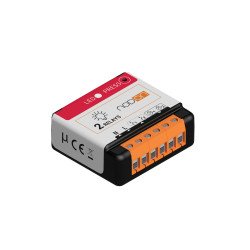
Advantages and disadvantages of NodOn module
Benefits
- Zigbee technology: Zigbee is an excellent compromise for unifying your smart home with different products on the same network.
- 2 ON/OFF outputs: If you want to manage 2 lighting circuits, this NodOn SIN-4-2-20 Zigbee module is a 2×1 because it manages 2 independent ON/OFF loads.
- Zero Crossing : Zero Crossing technology means that the product lasts longer than other Zigbee modules on the market.
- Size: The size of this module is small, making it easy to install behind a traditional switch.
- Compatibility: SIN-4-2-20 is compatible with the most popular home automation hubs such as Home Assistant and Jeedom (with Zigbee2MQTT), Homee, Philips Hue, Jeedom, Otodo, Tuya (Lidl, Nous, Moes, etc), Overkiz, Ikea, Oblo and Edalso.
- Zigbee router: This intelligent module repeats the signal in your Zigbee installation to improve communications in your smart home.
- OTA: NodOn offers Over-The-Air (OTA) updates to take advantage of technical improvements and patches.
Disadvantages
- Zigbee hub required: if you want to use the SIN-4-2-20 module from your phone, you’ll need to buy a compatible Zigbee hub.
- High price: while it is common to find inexpensive Zigbee modules on the market, the NodOn module has a high price tag, which is justified by its quality and various functions.
NodOn SIN-4-2-20 Zigbee module tutorial
It’s a smart module that lets you control 2 zones of lights from your phone and with automations, and today we’re going to find out all the details of this device that has been adopted by a smart home user.
Technical specifications of the NodOn SIN-4-2-20
If we open the packaging, we find this NodOn module called SIN-4-2-20.

A label with your details.

And an instruction manual.

This module is compact, with dimensions of 40x44x16.9 mm.

It communicates using Zigbee wireless technology and is compatible with numerous home automation solutions such as Alexa, Edalso, Home Assistant, Jeedom, Zigbee2mqtt, Homee, Philips HUE, Tuya, WiziNote, Enki Connect, Eedomus, Homey, SmartHome by Hornach, Overkiz, Otodo, Oblo, Domoticz, MyUbiwizz, Energeasy Connect, Sonoff iHost, Tydom Home, Ikea and SmartThings.

However, in Alexa, Tydom and Enki, we will only be able to control one of their two channels.

As far as its channels are concerned, its big advantage over most Zigbee modules on the market is that it can manage 2 electrical loads independently.
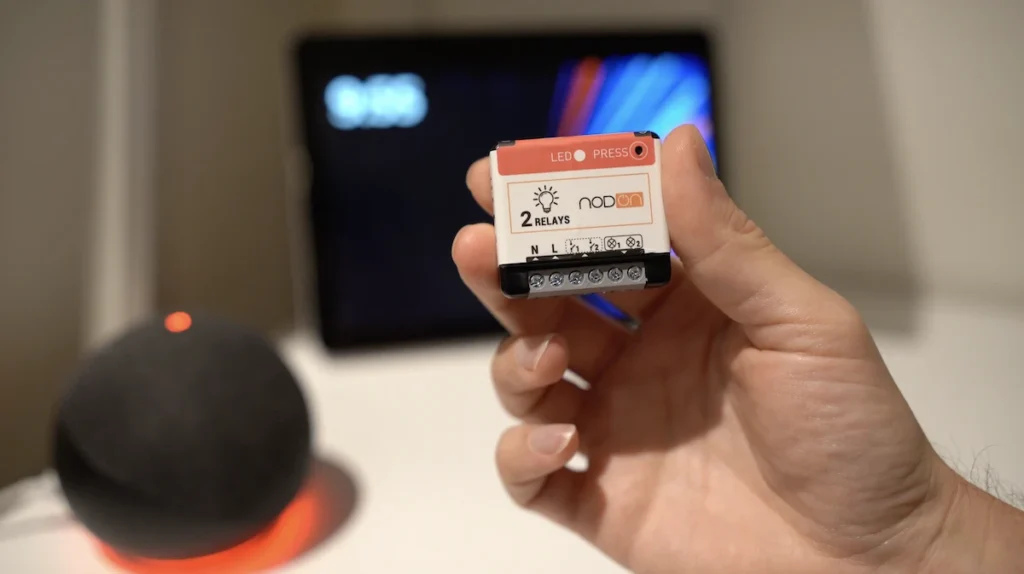
This means that if, for example, you have 2 lighting zones that you want to control from your phone using automatic functions, instead of buying 2 modules, you can simply use this NodOn module.

This is the case of the user who wants to control his 2 lighting zones in the garden and has therefore chosen this module.

You can control up to 3A per zone, i.e. 690W, which is theoretically enough to control the lights in your home.

What’s more, it is one of the few devices on the market to incorporate Zero Crossing technology, which is extremely useful for protecting the relay and extending the life of the device and connected loads when switching on and off.

It is therefore a device that can have a longer lifespan than other modules.

It has a theoretical direct range of 30 m indoors with your home automation hub, but of course, thanks to this Zigbee technology, if you use additional Zigbee devices connected to the power supply, they can automatically improve this communication range.
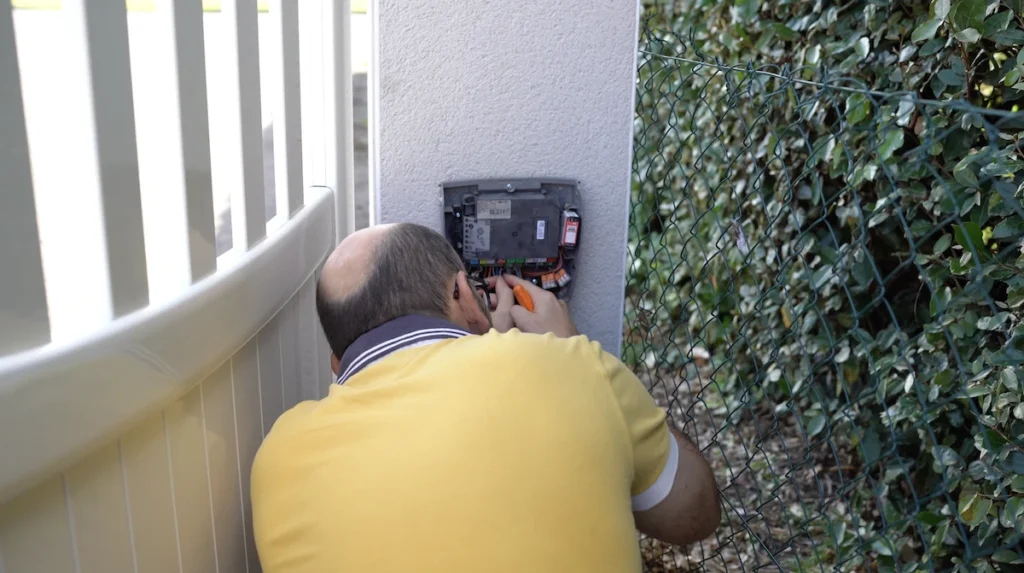
One thing to bear in mind is that you need a neutral cable.
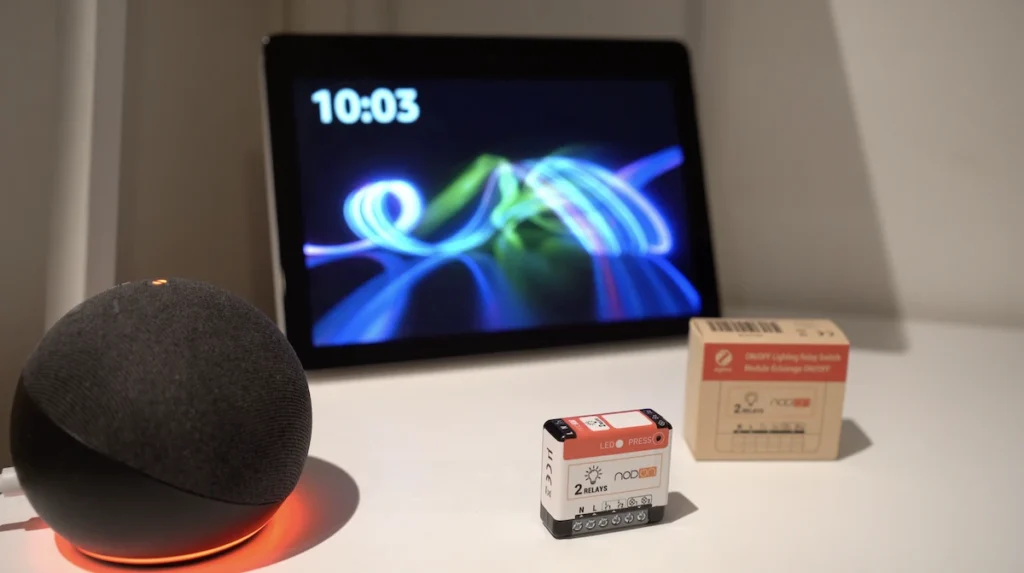
In some home installations, behind your switch that controls the lights, you don’t have this neutral wire, so you need to check this criterion.
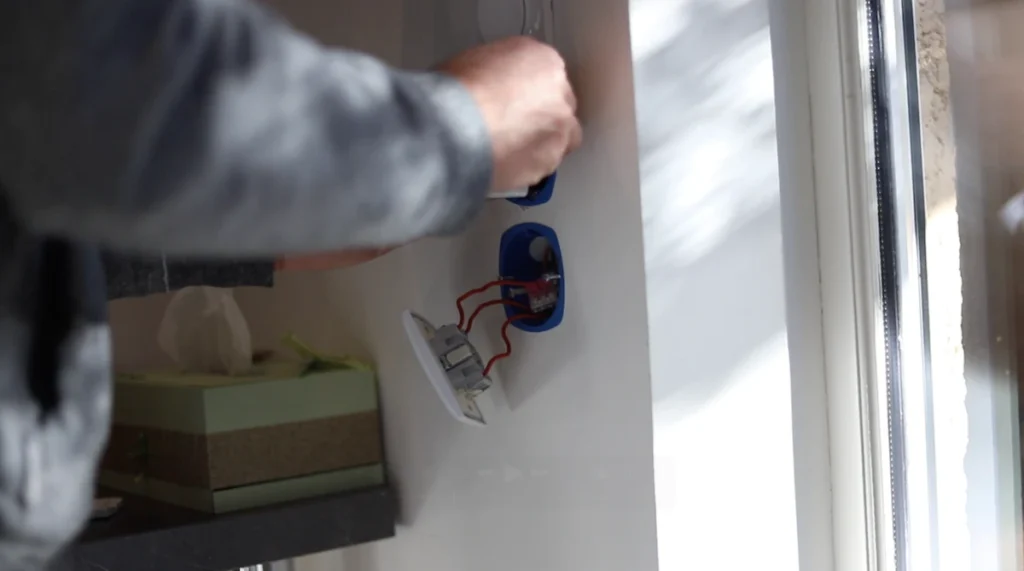
This module must not be exposed to the outdoors, as it has an IP20 protection rating and operating temperatures between -20 °C and +60 °C.

On the front of the module, an LED indicator displays various information, for example when it is in association mode.
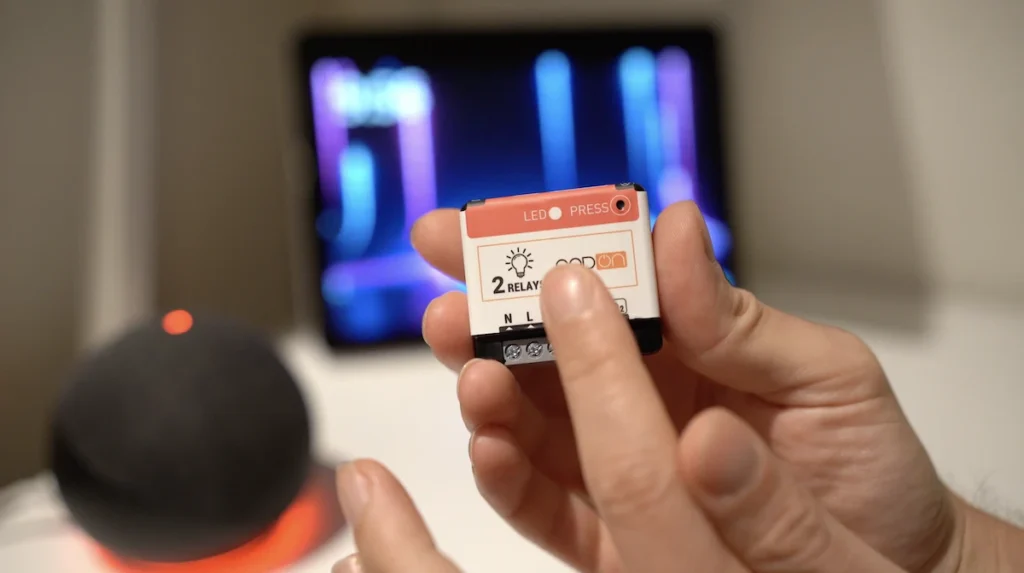
And a “Press” button that lets you link the module to a home automation hub, reset it or link it to a NodOn switch.
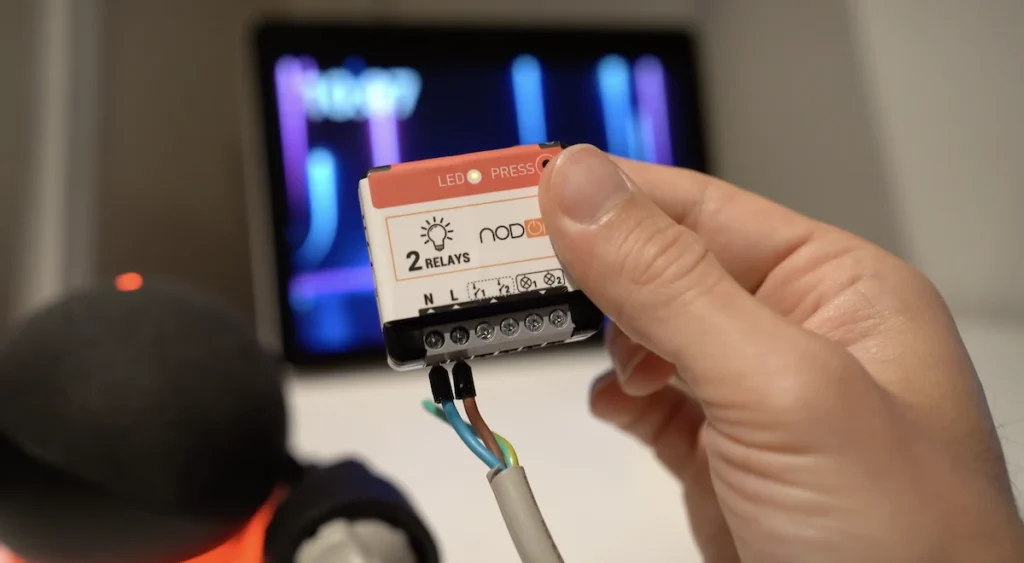
How to install the NodOn SIN-4-2-20 Zigbee module
Let’s look at how to install this SIN-4-2-20 module.
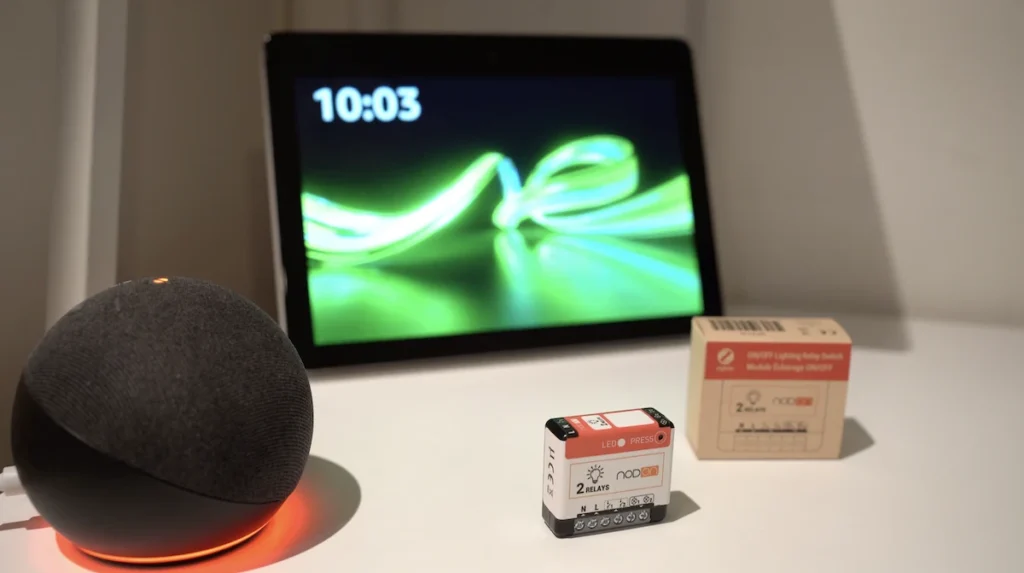
Very important: you must be electrically qualified, have adequate protection, ensure that the power is off and that no-one can switch it on while you are wiring, and check that there is no current.
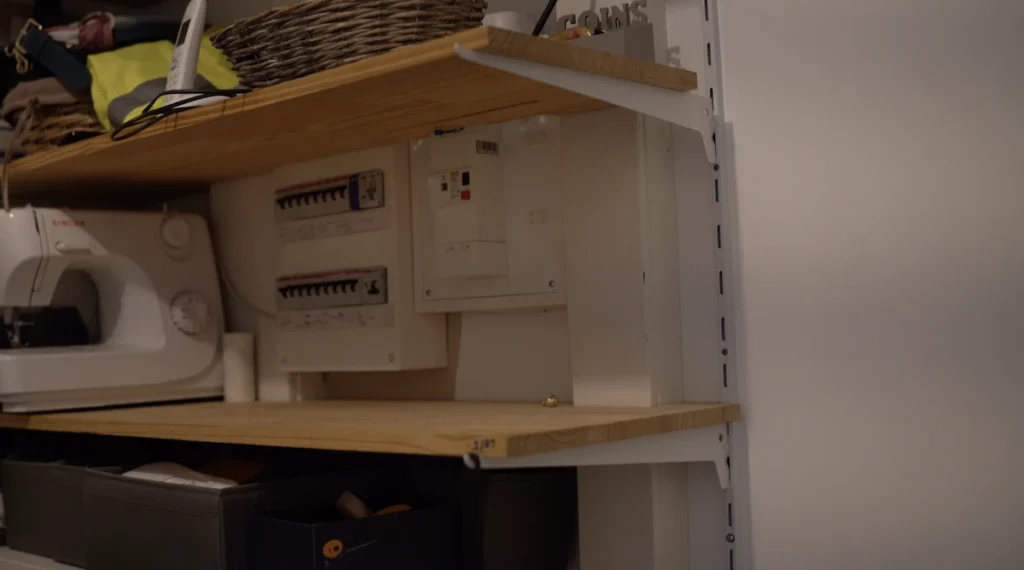
If this is not the case, I recommend that you call in a professional to carry out the electrical wiring. This content is provided for information purposes only and I cannot be held responsible for any material damage or risks to your health.

There are various ways of installing this Zigbee module, for example behind a traditional switch.
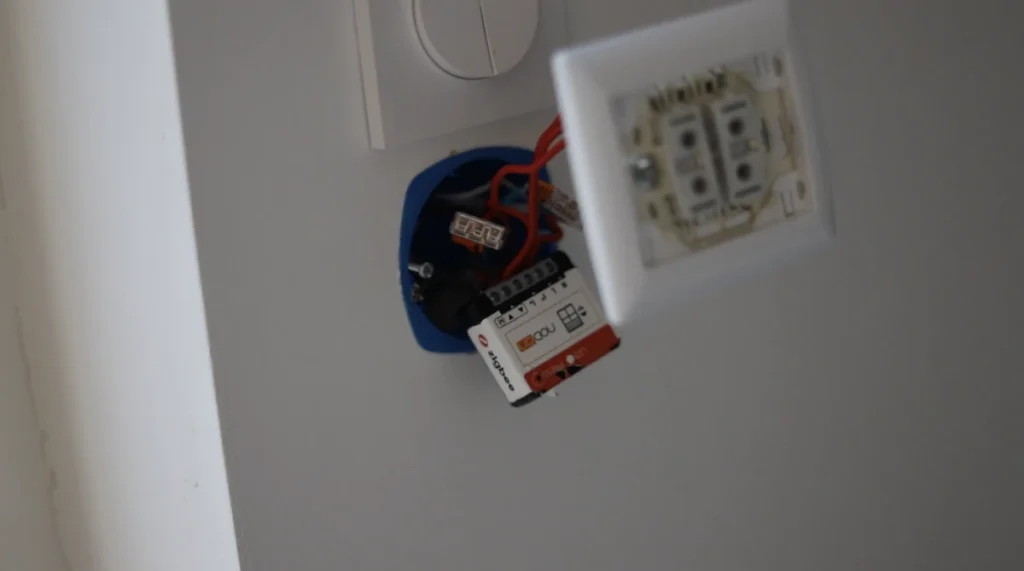
In this case, if we look at the connections, we need to connect “N” and “L”, Neutral and Phase, to this module to get power.

On the right, the 2 icons represent the 2 light outputs, i.e. where we are going to wire the connections for our 2 light zones and control them independently.

In the middle, we have two icons representing the two controls on a switch.
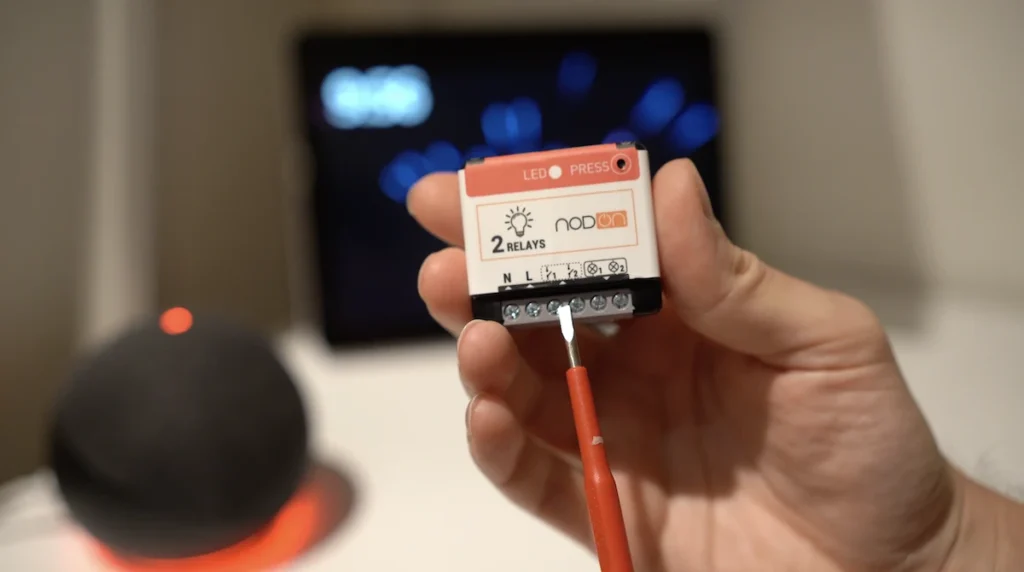
This means that as well as being able to control our 2 lighting zones from our phone, we can also retain traditional use, i.e. we can still turn the lights on and off using the buttons on the switch.

Electrical wiring for two lamps : Double switch

Electrical wiring for a single light: Single switch

Electrical wiring without switch: 2 lamps

Electrical wiring in the ceiling

Although this module is compact, you often don’t have enough space in the flush-mounted box behind the switch.

In this case, an interesting idea would be to use this type of flush-mounted box with a pocket, for greater comfort when installing your module behind the switch.
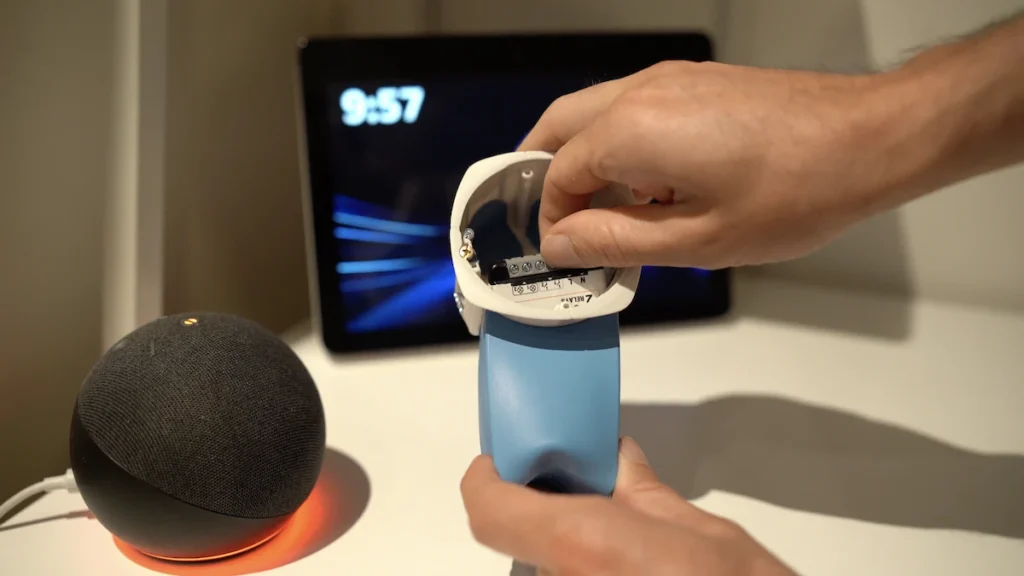
It is also available in double format.

What’s more, by having just one module to control 2 lighting zones instead of 2 modules, we save space, which is a practical detail to bear in mind.
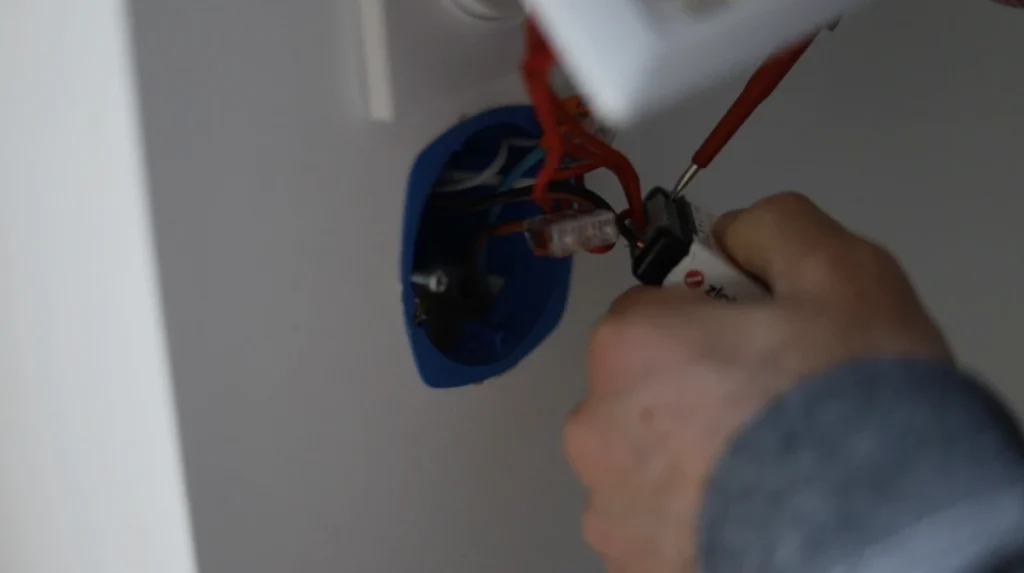
And if you want to control 2 lighting zones in your garden, you install this module in your electrical panel.

NodOn offers electrical enclosures for this purpose.
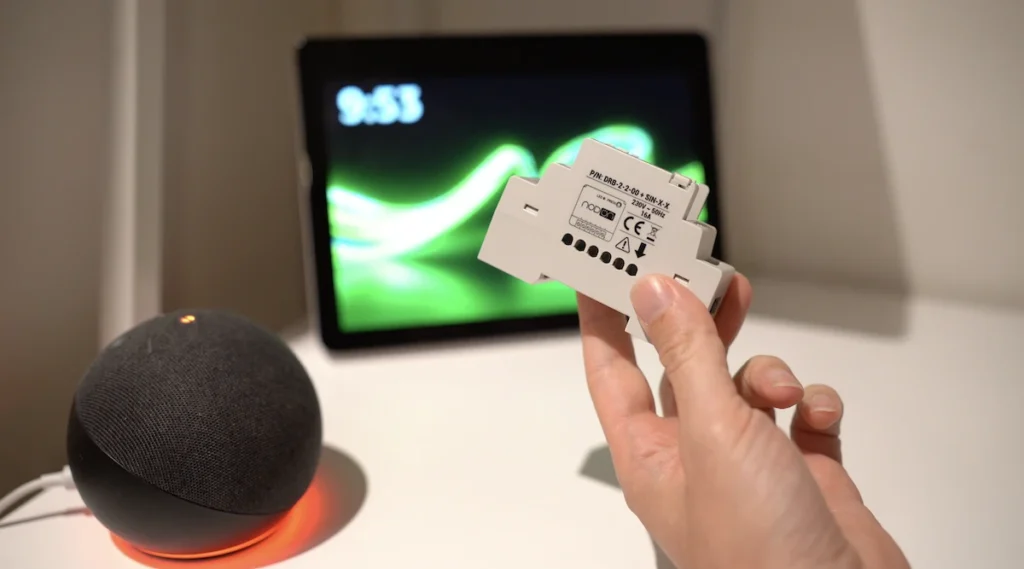
Unscrew the connections on the NodOn module and insert it into the box in the correct direction.
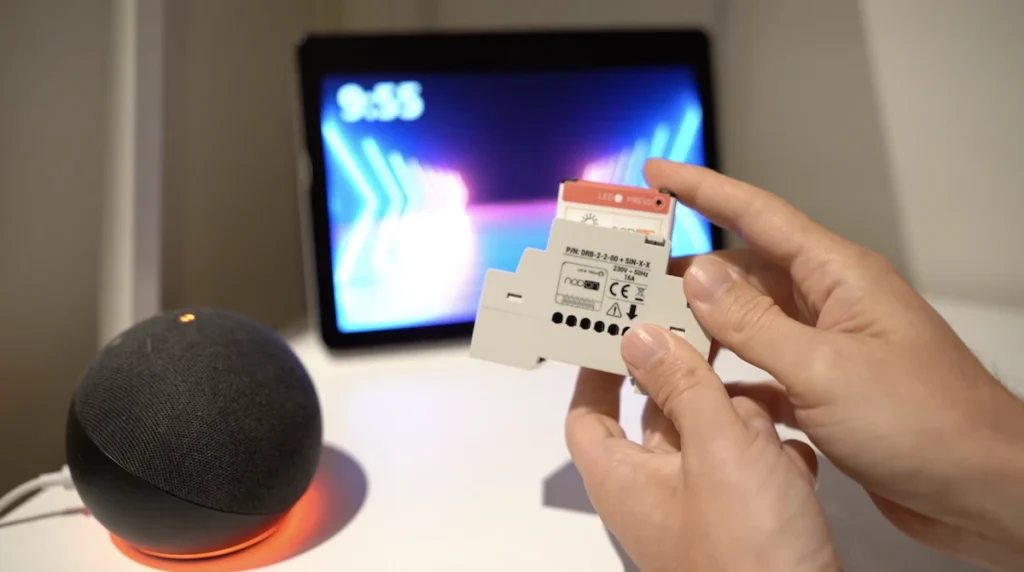
The 6 screws on the module now need to be tightened to secure it to the box.
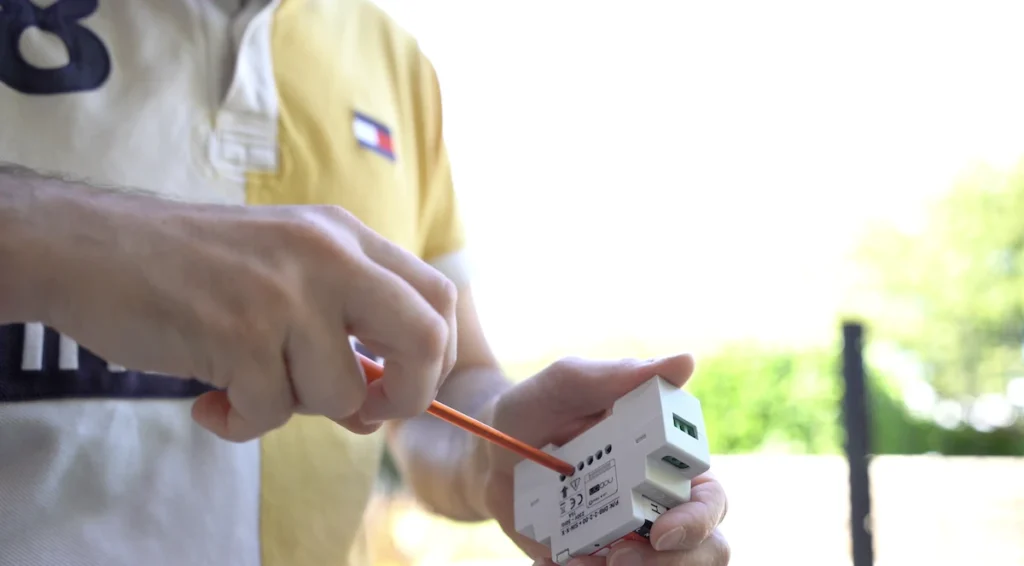
And you can connect the electrical cables from your installation to this box, following the instructions in the manual.
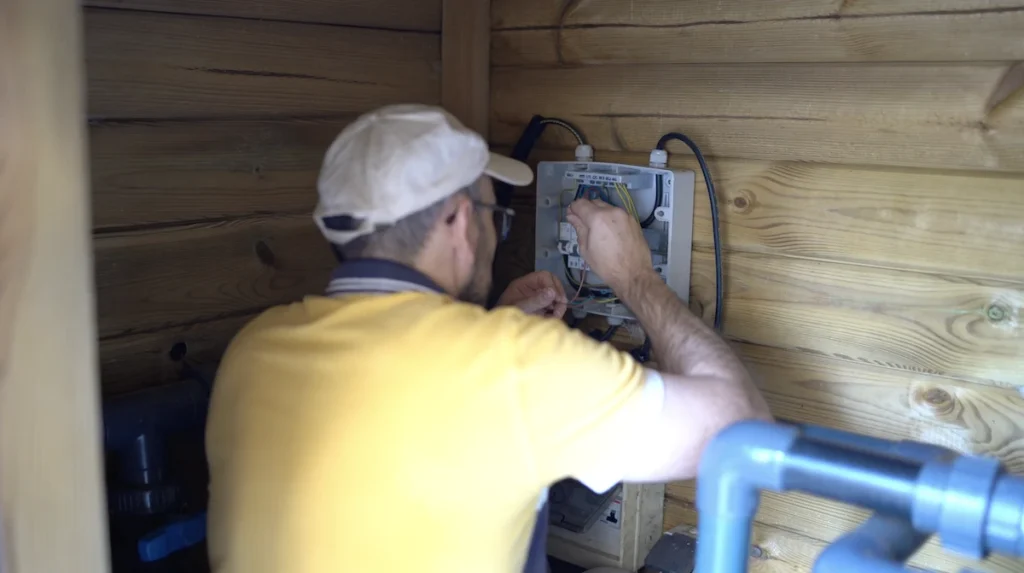
But it’s worth noting that NodOn has a label with the connections exposed on the side, so when you have this module inside the box, you’ll be able to see this electrical wiring information on this label, which is very handy so you don’t make any mistakes.
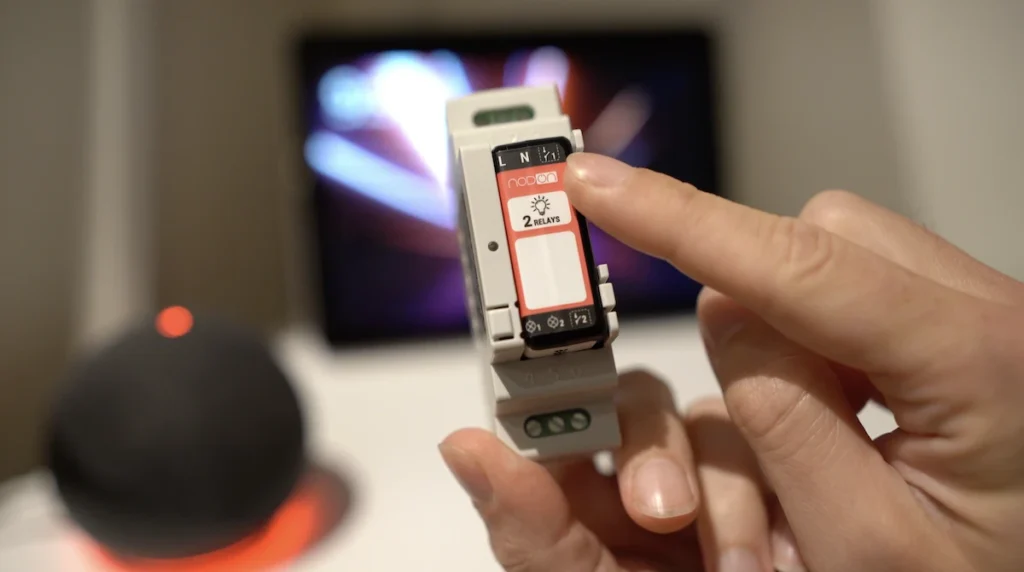
Once you have wired this Zigbee module and checked that you have done so correctly, you can now turn the device back on.
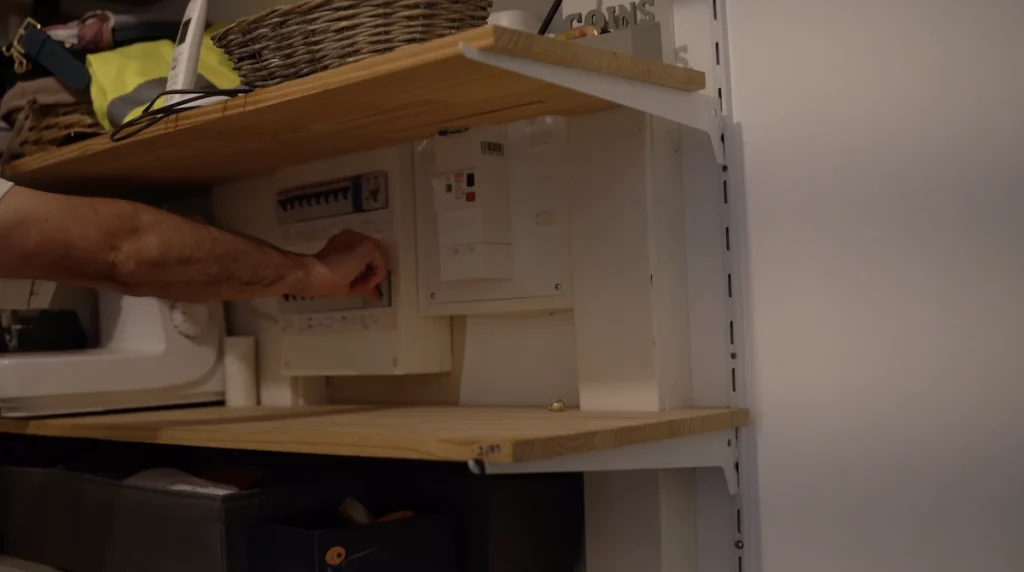
How to connect the NodOn SIN-4-2-20 Zigbee module
Linking this SIN-4-2-20 module is very simple. You need to activate association mode in your home automation hub interface.
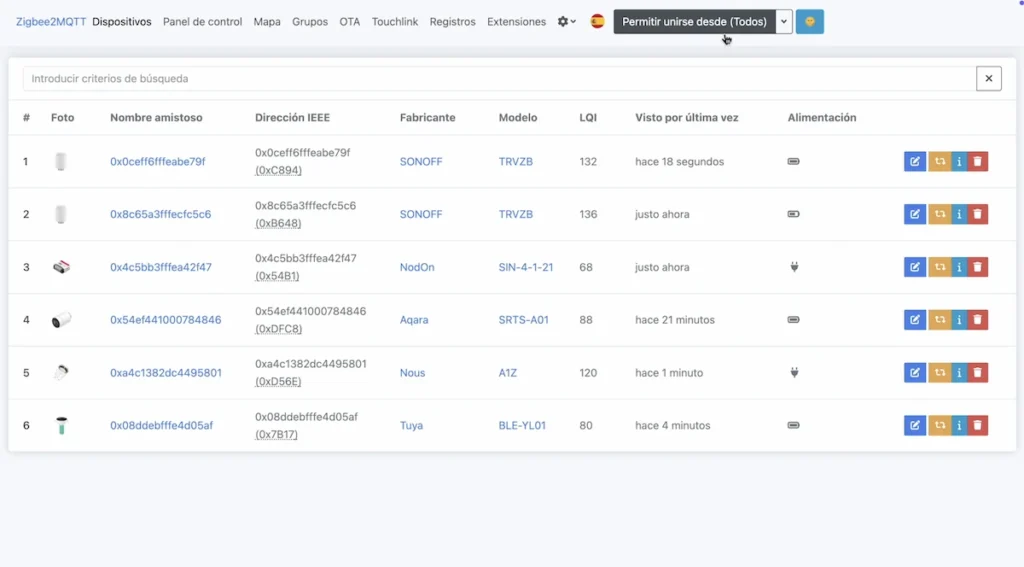
Once the NodOn module has been powered up, the LED on the module should flash amber, indicating that it is in partnership mode.
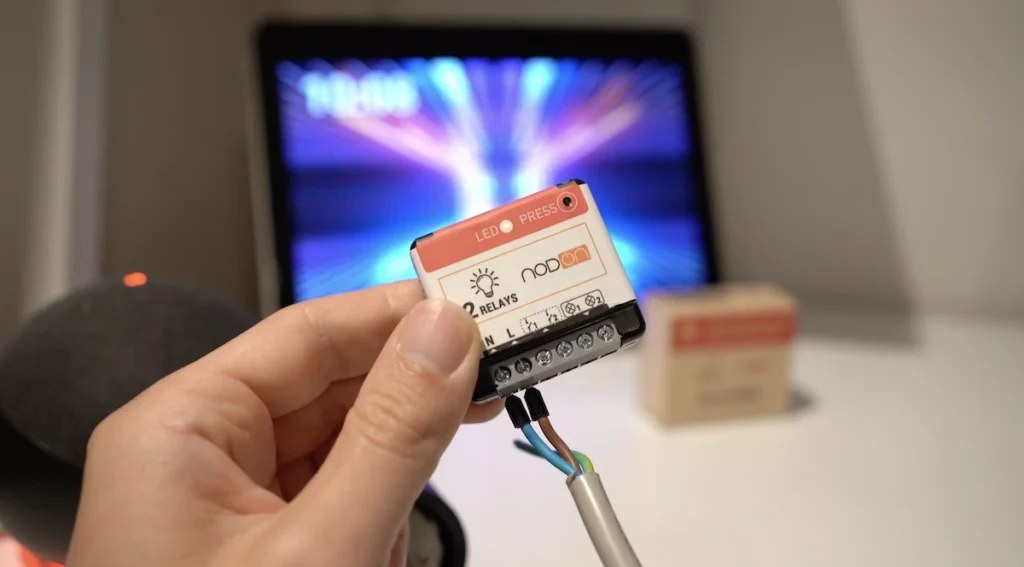
It should appear automatically in your home automation hub interface.
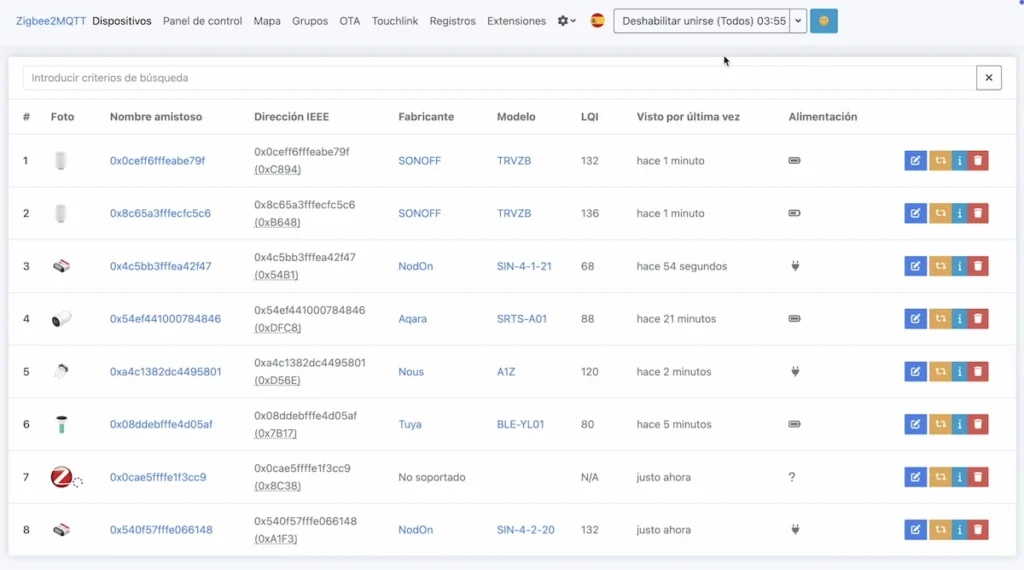
Now you can control your lights, wherever you are in the world.

Detailed functions of NodOn SIN-4-2-20
We’ve already covered how to analyse and improve the reach of Zigbee in other content, and if you haven’t seen it, it’s probably because you’re not a subscriber to this channel.
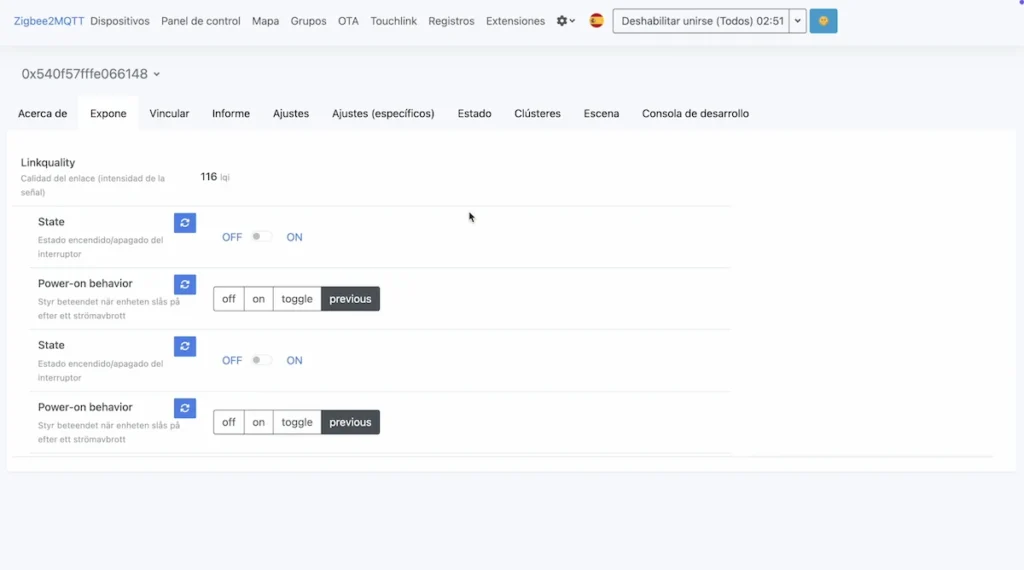
We can see 2 commands called “State”, each enabling the lights to be switched on or off, which are the main functions of this Zigbee module.
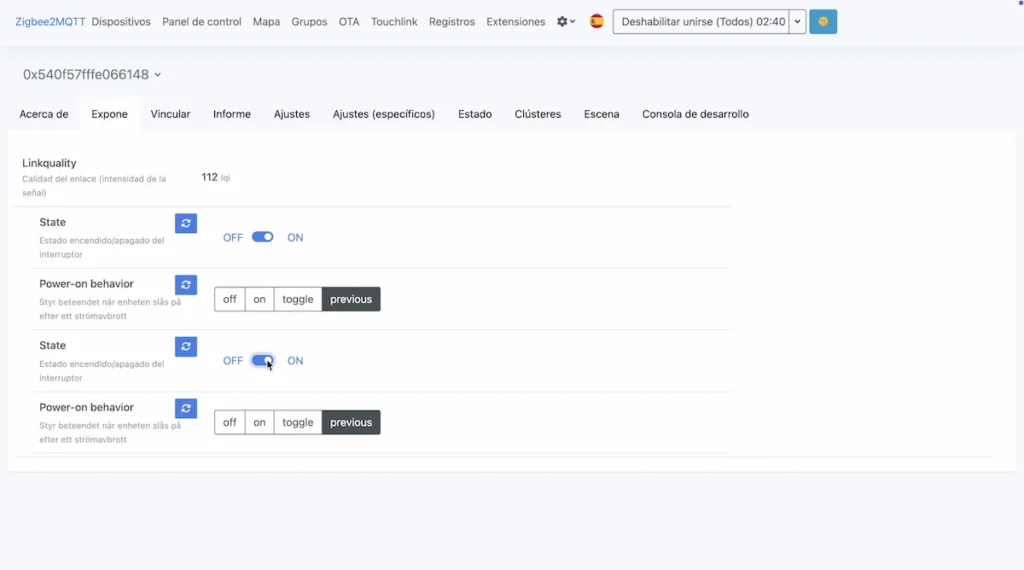
In addition, we have “Power-on behaviour” commands which allow you to configure the state of the module’s two outputs after a power failure.
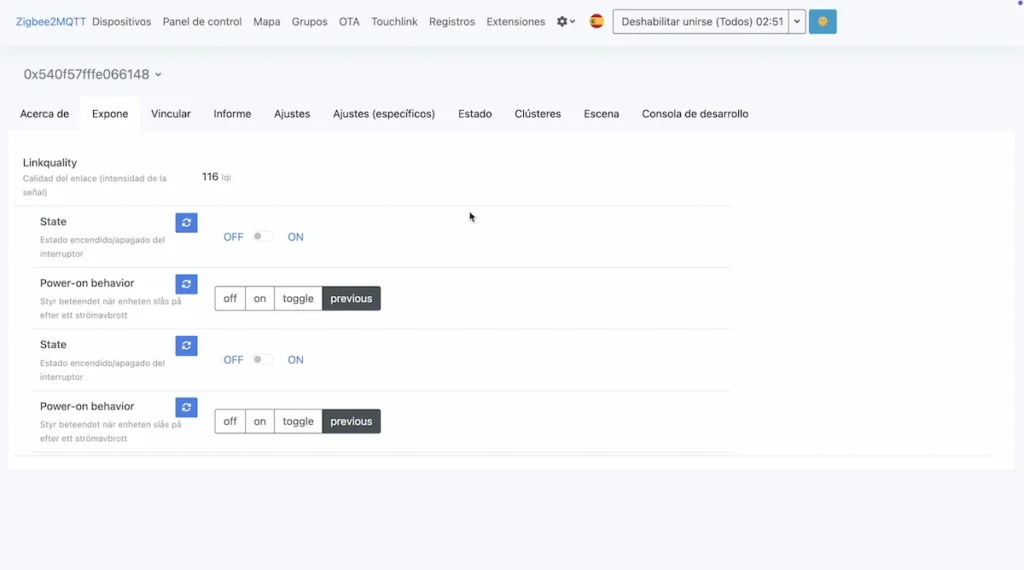
For example, if the power is cut and the lights were on or off before the power cut, and you want them to return to the same state when the power is restored, click on “Previous”. On the other hand, if you want the lights to always be off after a power cut, click on “Off”. You also always have “ON”, or “Toggle”, which is the state opposite to the state before the power cut.
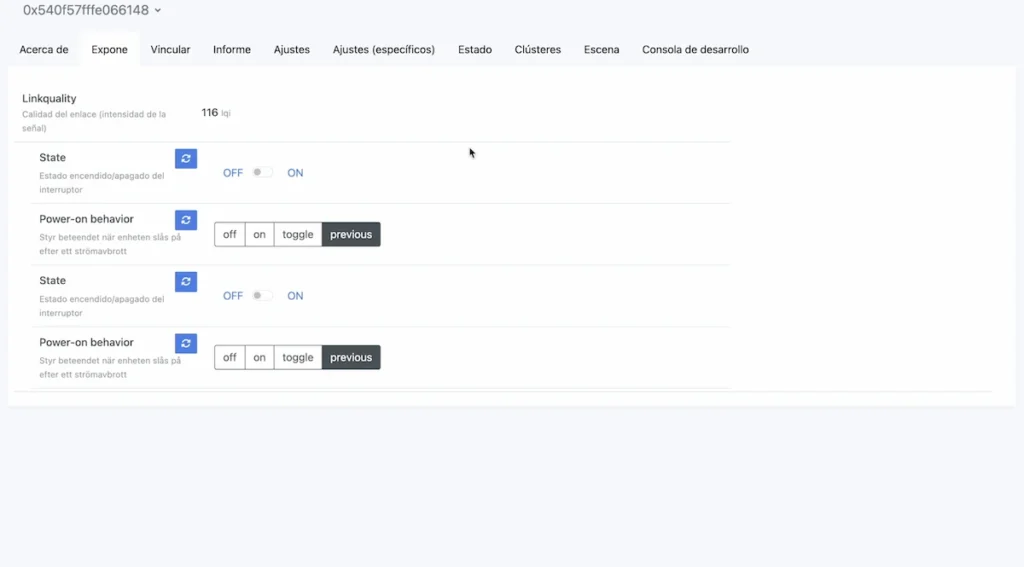
These are the functions of this SIN-4-2-20 module and it should be noted that another great advantage of this device is that it can be combined with a NodOn switch without batteries or cables.

In the user’s case, for reasons of convenience, as well as controlling two lighting zones in his garden from his phone, he also wanted to physically control these lights using a switch.
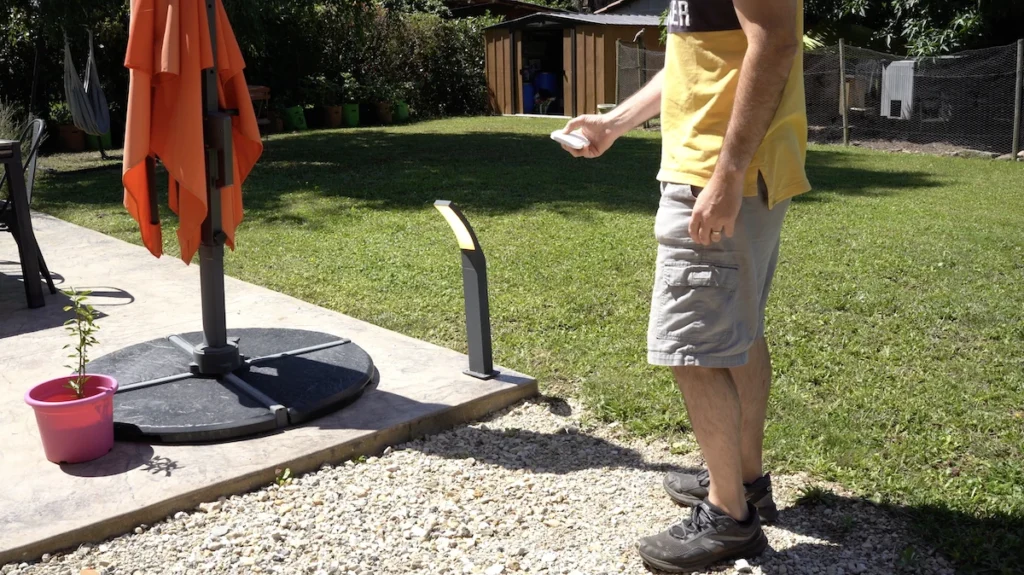
And NodOn offers a Zigbee switch, with no batteries and no cables, that you can install in any location and link it to this Zigbee module, and so, as well as controlling the lights on your phone, you can do it from this switch.
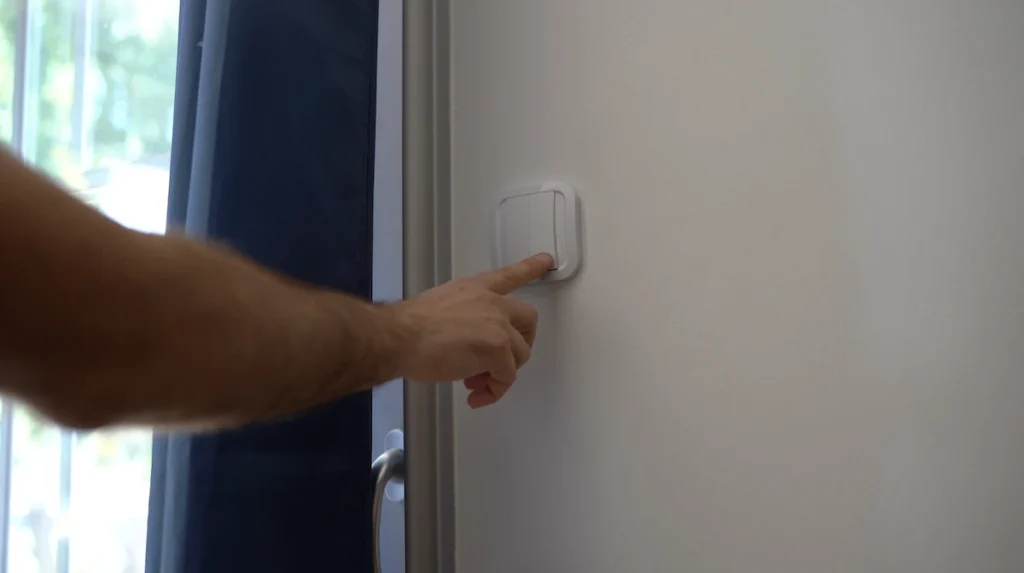
One last interesting detail: NodOn generally offers OTA (Over The Air) updates, meaning that you can update your module over time from your home automation hub or directly with the NodOn Connect application on your phone, to take advantage of technical improvements and corrections.
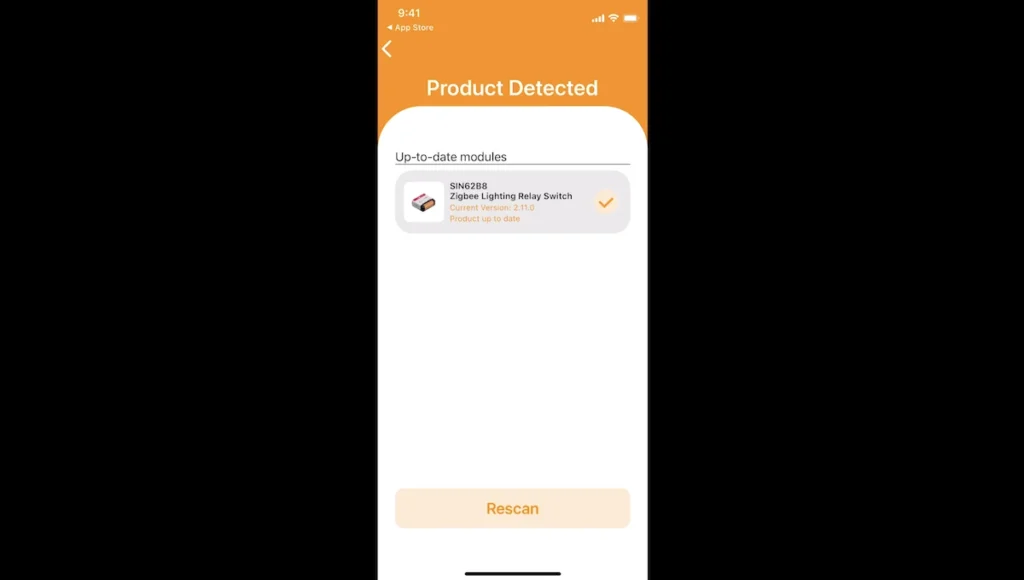
Automation with the NodOn SIN-4-2-20 Zigbee module
The power of an intelligent home, when you have several devices, is to create automated systems where the devices can act according to criteria that you have configured.
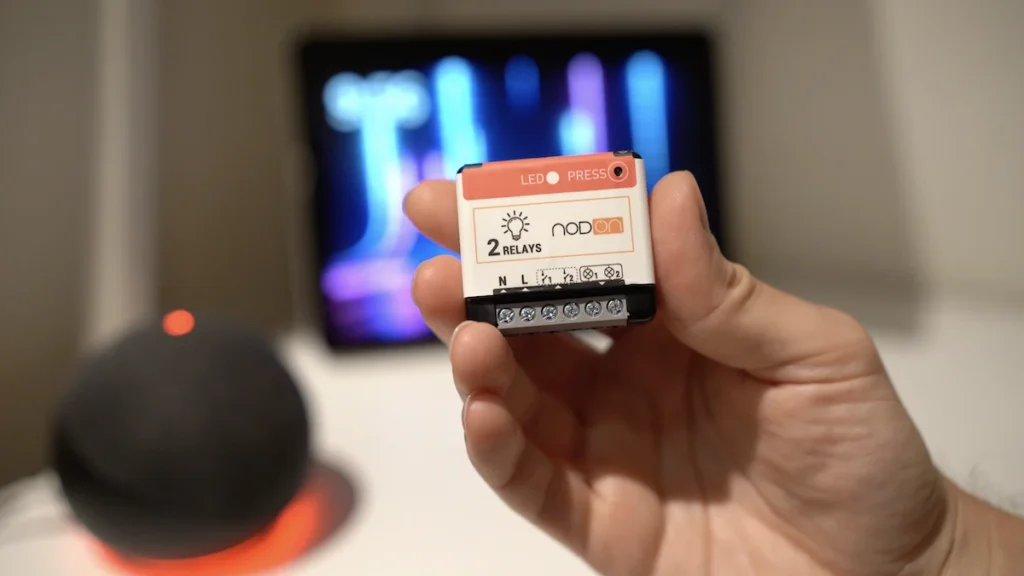
For example, the user can decide to switch the garden lights on and off automatically according to the time of sunrise and sunset.
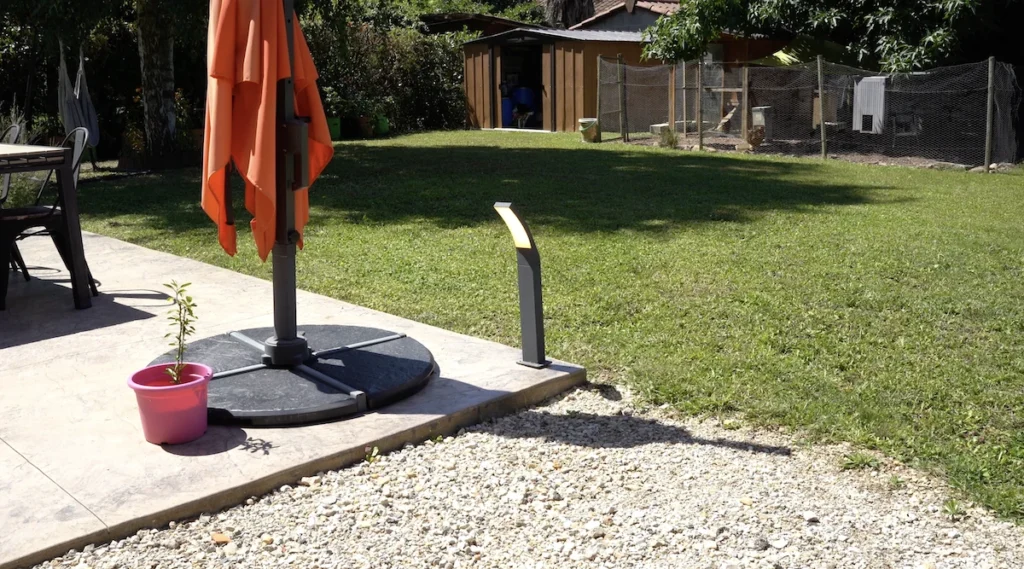
You can also choose to switch these lights on automatically if the luminosity measured by a light sensor is low, day or night.
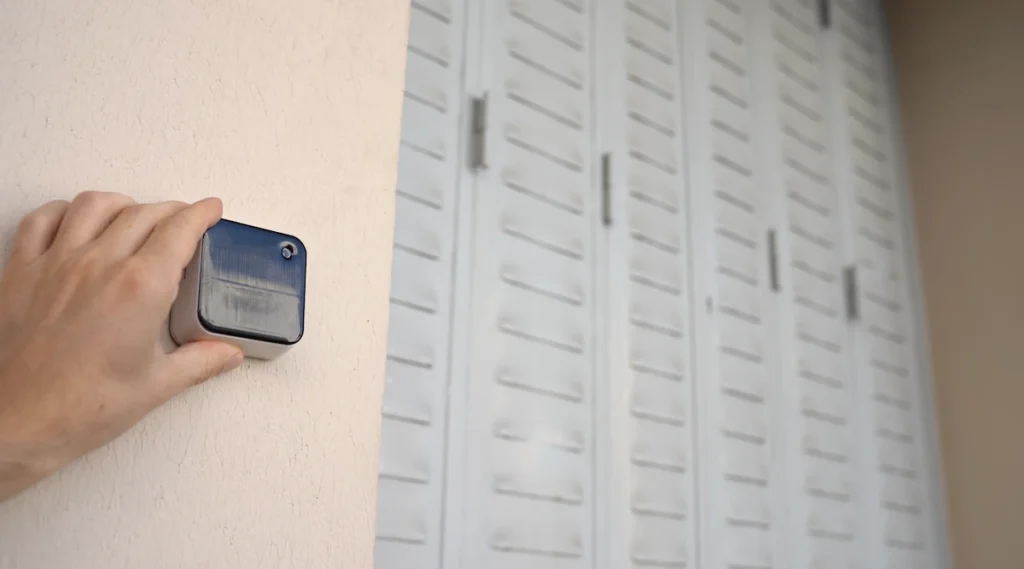
And if you have this module inside your home, you can turn the lights on automatically if your presence is detected and, conversely, turn them off automatically if no one is detected.
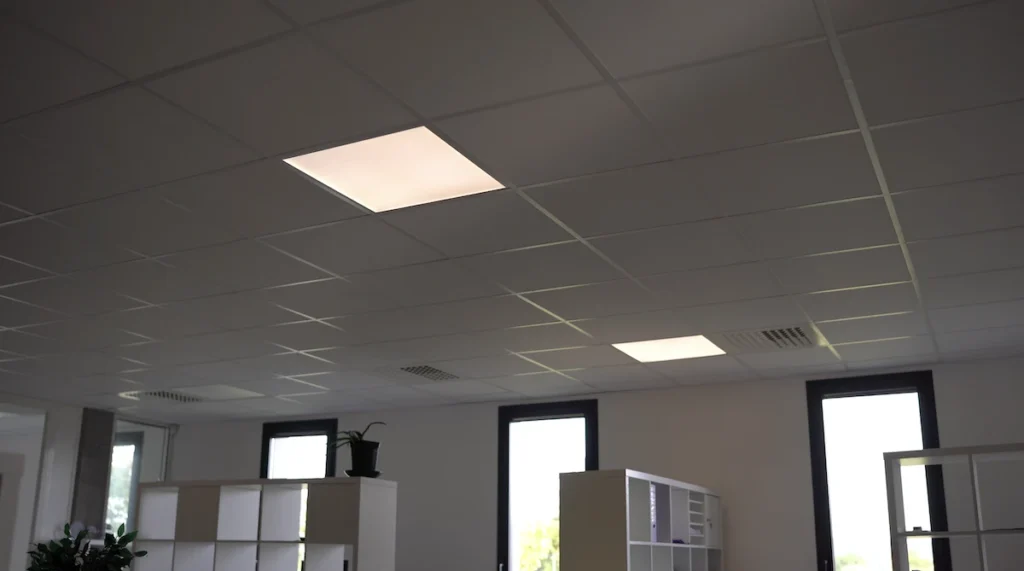
It could also be useful to simulate a presence in the house when you’re away, for example on holiday, to try and dissuade a potential burglar.
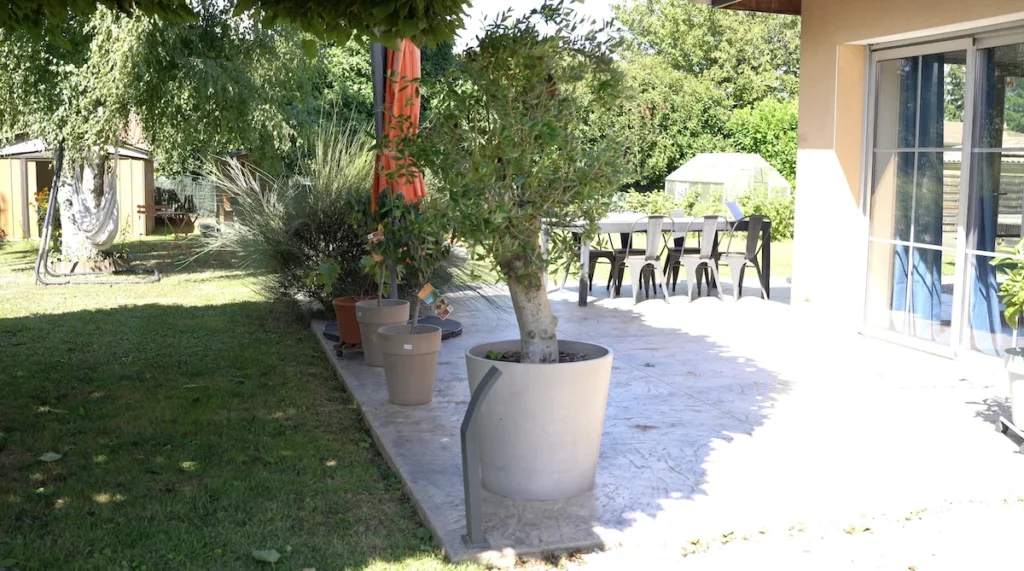
In summary, this module is a staple on the smart home market and, although it’s more expensive than other modules, it’s a 2×1 as it can manage 2 lighting zones, it has technology such as Zero Crossing, which should extend the life of the device, and we have practical installation and compatibility details, making it an interesting device to consider for your project.
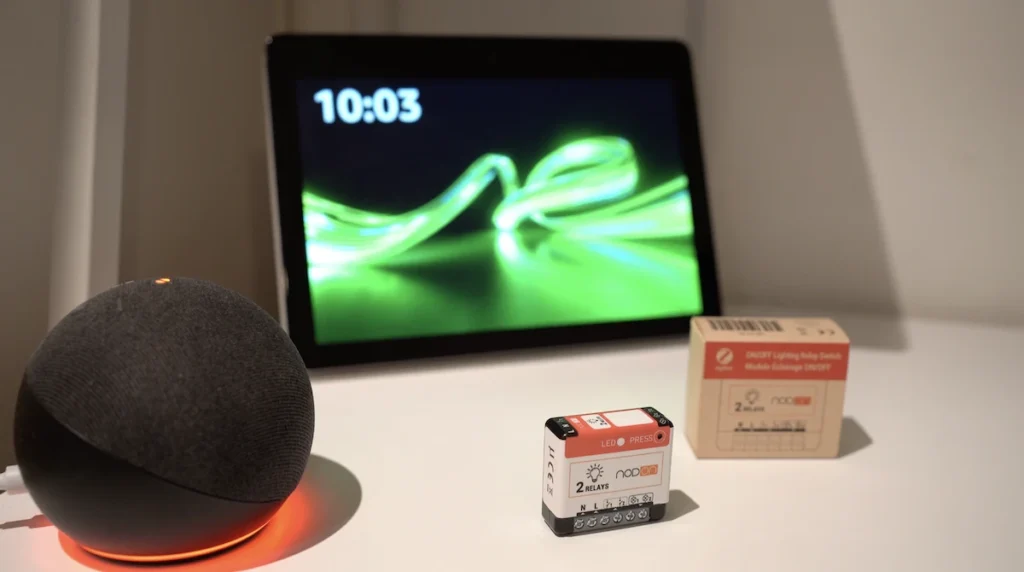
Instruction manual SIN-4-2-20
Download the SIN-4-2-20 user manual
Generally purchased together
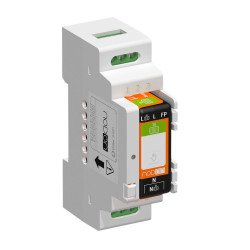
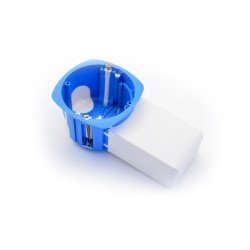

Buy now your NodOn Zigbee Micromodule

Graduated with a Higher Technician’s Certificate in Home Automation, a Professional Bachelor’s degree in E-commerce and Digital Marketing, and a Master’s degree in SEO, I have been working since 2013 in a home automation e-commerce company called Domadoo, where I have the opportunity to test a large number of the popular Smart Home products on the market.